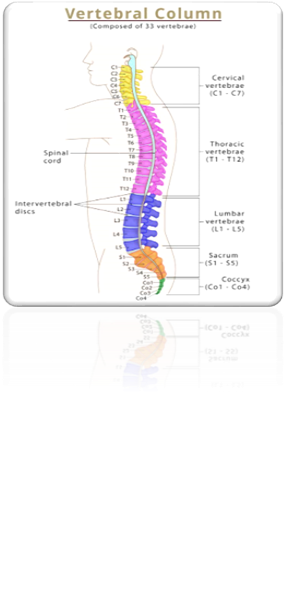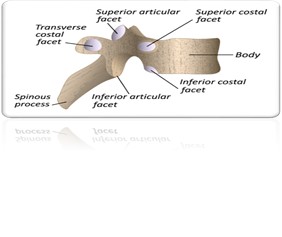By: Dr. Dean Lombardo
What is chiropractic? Chiropractic care centers around the diagnosis, treatment and prevention of the neuro-musculoskeletal system disorders. Chiropractic focuses on the relationship between structure (movement of the spine) and function (coordinated by the nervous system and how this relationship affects health).
The primary lesion addressed in chiropractic is intersegmental dysfunction within the spinal column.

Musculoskeletal conditions involving the articulations of the body and surrounding soft tissue.
Some examples of these conditions are:
- Neck and back pain
- Headache
- Sciatica
- Stiff joints
- Sprain/Strain injuries
- Herniated Nucleus pulposus
- Sports related injuries
- Etc.
Chiropractic for Women
Chiropractic for women focuses on the musculoskeletal system particularly the spine , and how it impacts overall health. Chiropractors adjust the spine and other joints with the goal of improving function, reducing pain, and promoting the body’s natural ability to heal. It is also often sought by women for various reasons:
- Pregnancy and Postpartum: Many pregnant women seek chiropractic care to alleviate back pain, hip pain, and other discomforts associated with pregnancy. Chiropractors may use techniques that are safe during pregnancy to address issues like misalignments and provide relief.
- Menstrual Health: Some women experience musculoskeletal issues and discomfort during their menstrual cycle. Chiropractic adjustments may help in reducing pain and improving overall well-being.
 This refers to discrete areas of hypomobility within the articulations of the spine.
This refers to discrete areas of hypomobility within the articulations of the spine.
What is a Chiropractic Adjustment?
A chiropractic adjustment is a high-velocity low amplitude thrust usually given by hand, directed at specific articulations of the spine or extremities. The purpose of the adjustment is to Restore normal movement and resolve the resultant biomechanical, physiological and neurological effects of segmental hypomobility.
Putting it all together, loss of movement can lead to changes in how all tissues involved are stressed and replenished, which causes
- Chemical changes within those tissue and predisposes them to mechanical failure giving us a good reason to restore normal movement through spinal adjustment
What conditions can be treated using chiropractic?
- Pelvic Health: Chiropractors may address pelvic misalignments that could contribute to issues such as pelvic pain, incontinence, or discomfort during intercourse.
- Hormonal Balance: While chiropractic care doesn’t directly influence hormonal imbalance, many individuals report improvements in overall well-being and stress management, which can impact hormonal health
- Headaches and Migraines: Women, in general, are more prone to headaches and migraines. Chiropractic adjustments may be beneficial for individuals in managing and preventing these issues
- Stress and well being: Chiropractic Care can help reduce stress by promoting relaxation and improving overall nervous system function.
- General Musculoskeletal Health: Women, like men, May experience musculoskeletal issues such as back pain, neck pain, and joint discomfort. Chiropractic care aims to address these issues through spinal adjustments
- Chiropractors work with other providers: Chiropractors often work in conjunction with other healthcare providers to provide comprehensive care.
Wellness Model:
The public has widely embraced many forms of wellness care and alternative therapies
Other healthcare professions have embarked on a paradigm shift to include alternative therapies, including spinal manipulation. Many conditions respond best with a multi-disciplinary approach.
Conclusion:
Since 1895, the existence of chiropractic has become the third largest profession of healthcare delivery in the world. For the treatment of musculoskeletal conditions, Chiropractic is a conservative first step that should not be overlooked. If a problem can be corrected with minimal risk, and without the use of drugs or surgery, it makes sense to do it.





